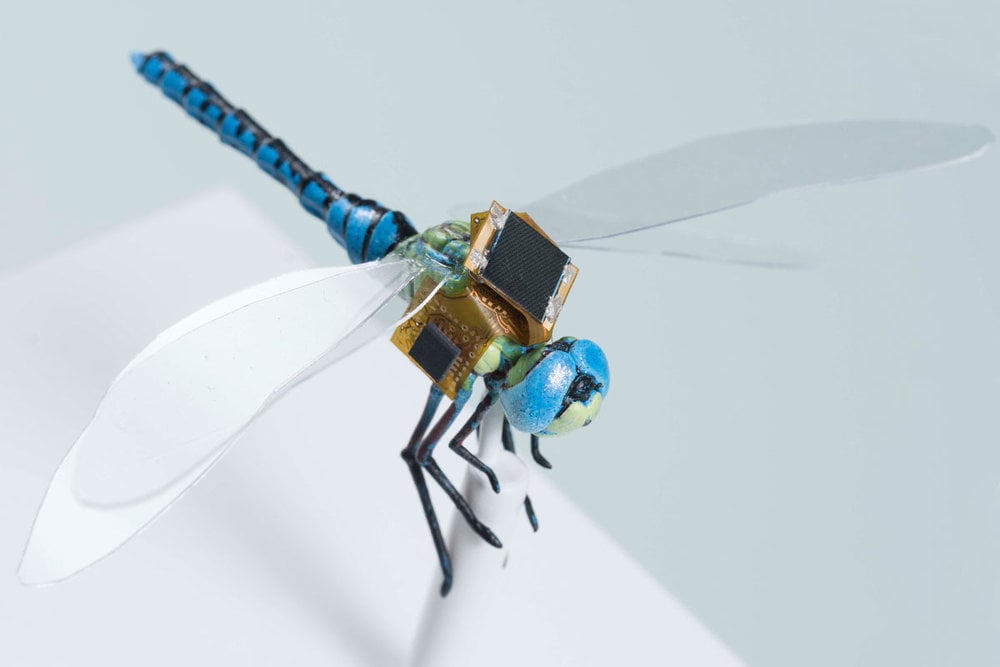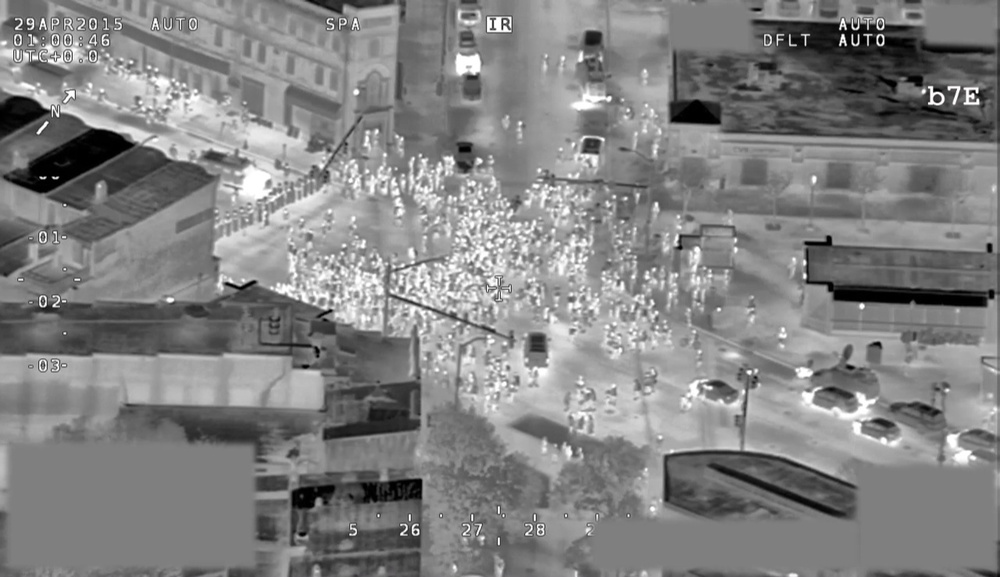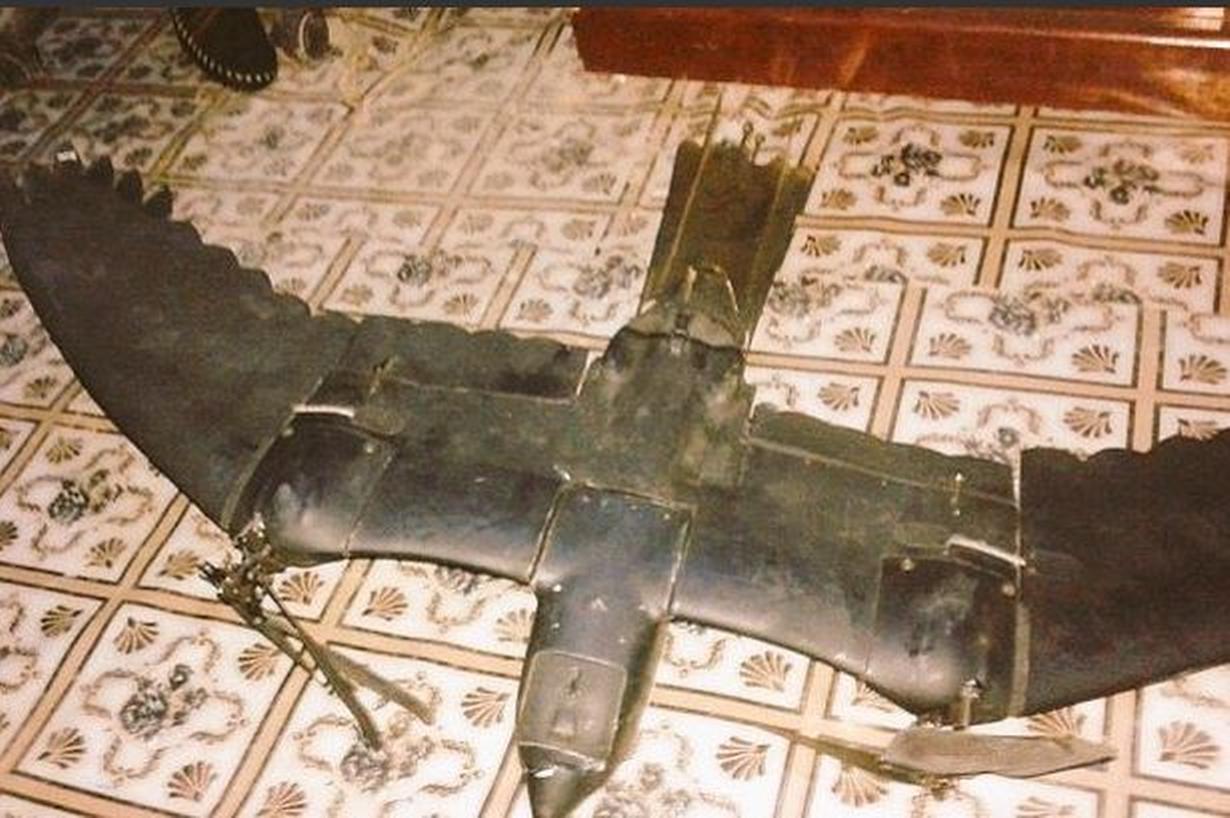GPS Jammers Are Being Used to Hijack Trucks and Down Drones
The world’s freight-carrying trucks and ships use GPS-based satellite tracking and navigation systems, reports ZDNet. But “Criminals are turning to cheap GPS jamming devices to ransack the cargo on roads and at sea, a problem that’s getting worse….”
Jammers work by overpowering GPS signals by emitting a signal at the same frequency, just a bit more powerful than the original. The typical jammers used for cargo hijackings are able to jam frequencies from up to 5 miles away rendering GPS tracking and security apparatuses, such as those used by trucking syndicates, totally useless. In Mexico, jammers are used in some 85% of cargo truck thefts. Statistics are harder to come by in the United States, but there can be little doubt the devices are prevalent and widely used. Russia is currently availing itself of the technology to jam commercial planes in Ukraine.As we’ve covered, the proliferating commercial drone sector is also prey to attack…. During a light show in Hong Kong in 2018, a jamming device caused 46 drones to fall out of the sky, raising public awareness of the issue.






